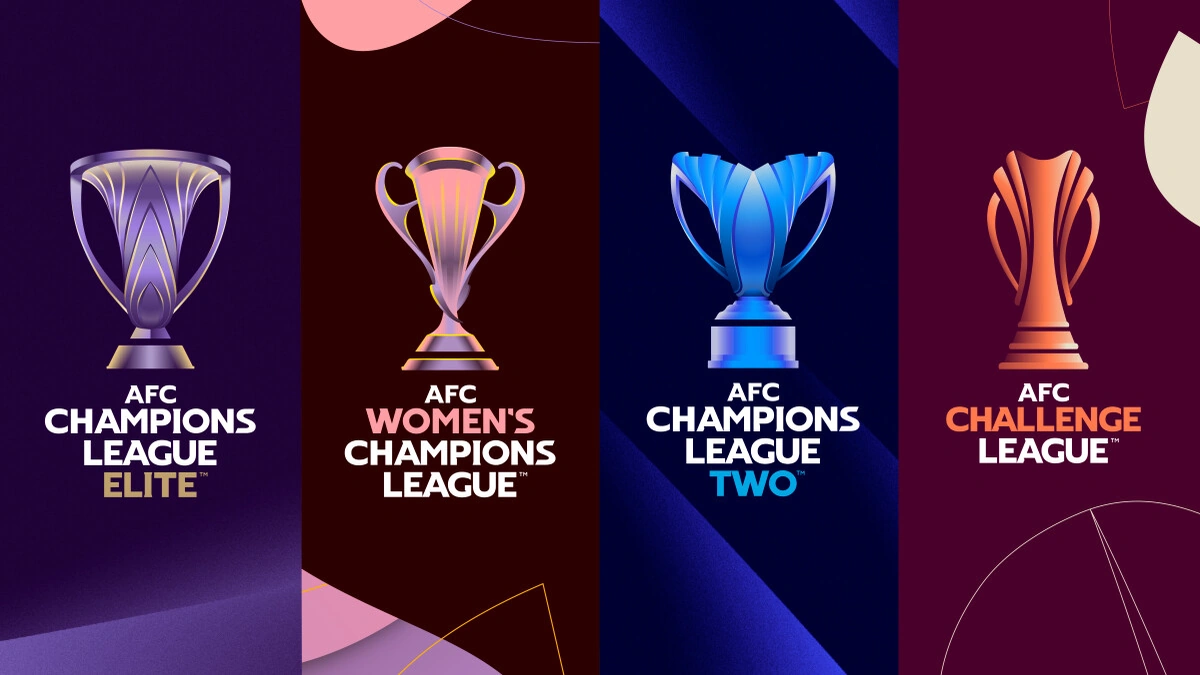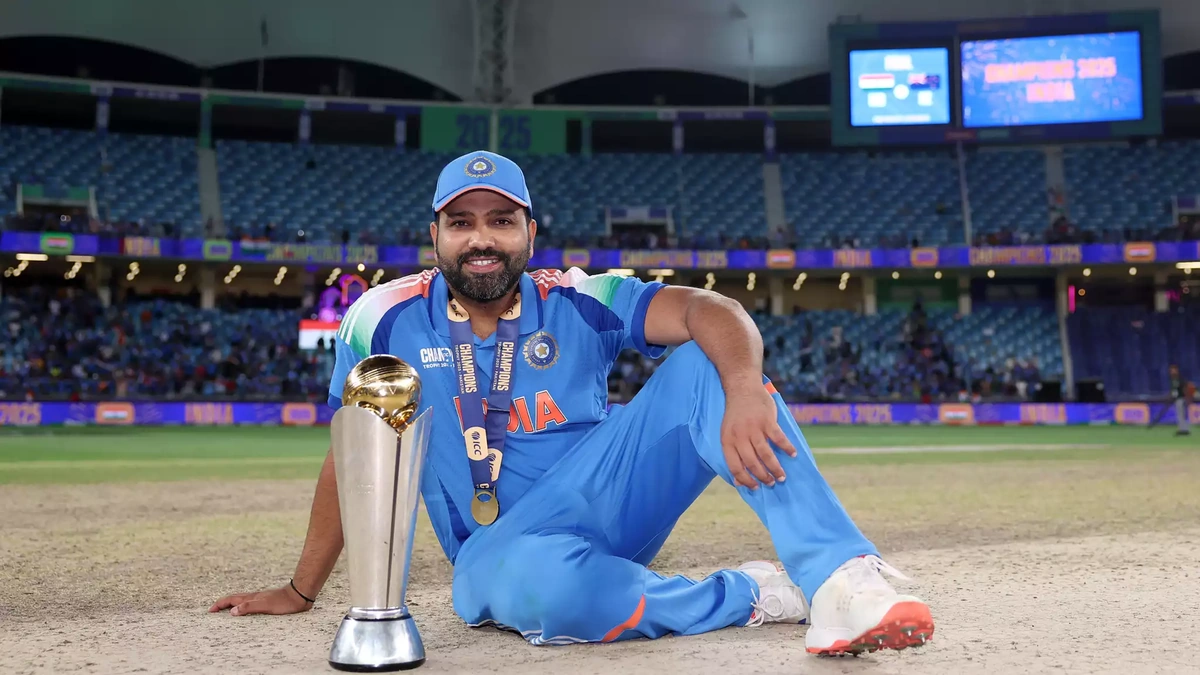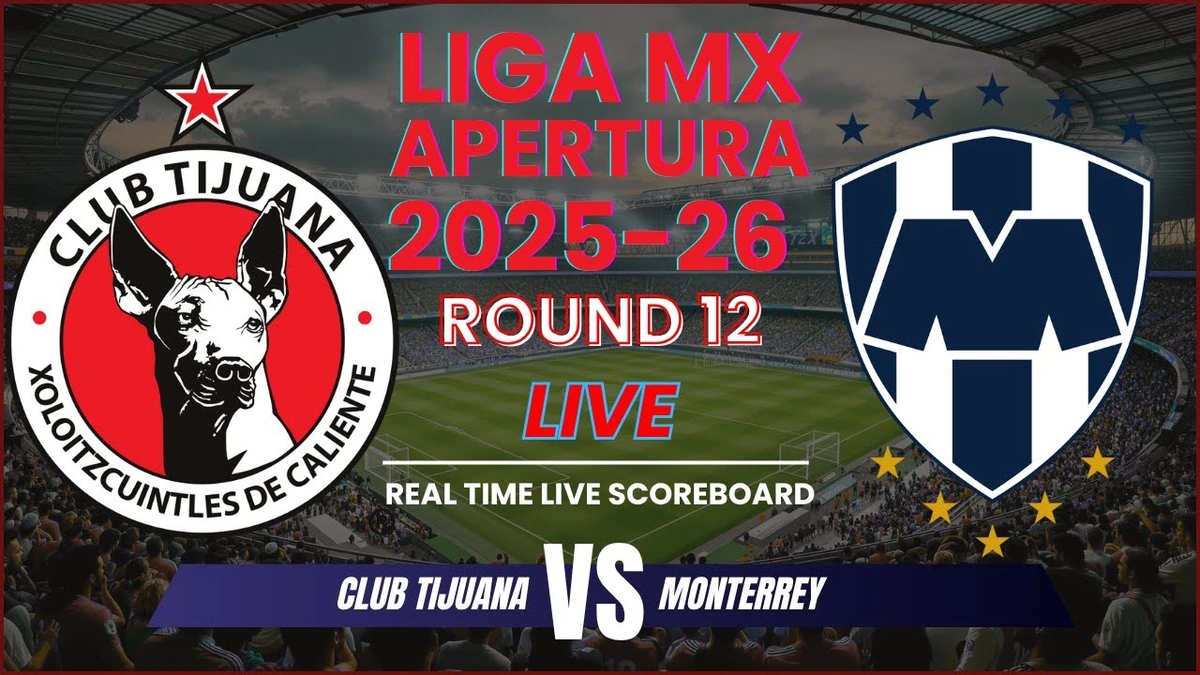AFC Champions League 2 | More Than a New Name, It’s Indian Football’s Big Chance. Here’s Why.
Let’s be honest for a second. As an Indian football fan, watching our clubs in Asia feels like a rollercoaster designed by a maniac. You have the dizzying highs that one incredible BFC run to the AFC Cup final, the shock results against bigger teams followed almost immediately by the stomach-lurching drops of a 6-0 drubbing against a Qatari or Saudi giant. It’s a cycle of hope and brutal reality.
So when the Asian Football Confederation (AFC) announced a complete overhaul of its club competitions, my initial reaction was a skeptical shrug. New names, new logos… same old story? AFC Champions League Elite, AFC Champions League 2, AFC Challenge League. It sounded like corporate rebranding.
But then I started digging deeper. And what I found wasn’t just a marketing gimmick. It’s a fundamental restructuring that, for the first time in a long time, gives Indian football a clear, achievable ladder to climb. The introduction of the AFC Champions League 2 , in particular, isn’t just another tournament. It’s a potential game-changer. It’s the opportunity we’ve been waiting for.
And I’m going to break down exactly why this matters so much.
Okay, So What Exactly IS the AFC Champions League 2?
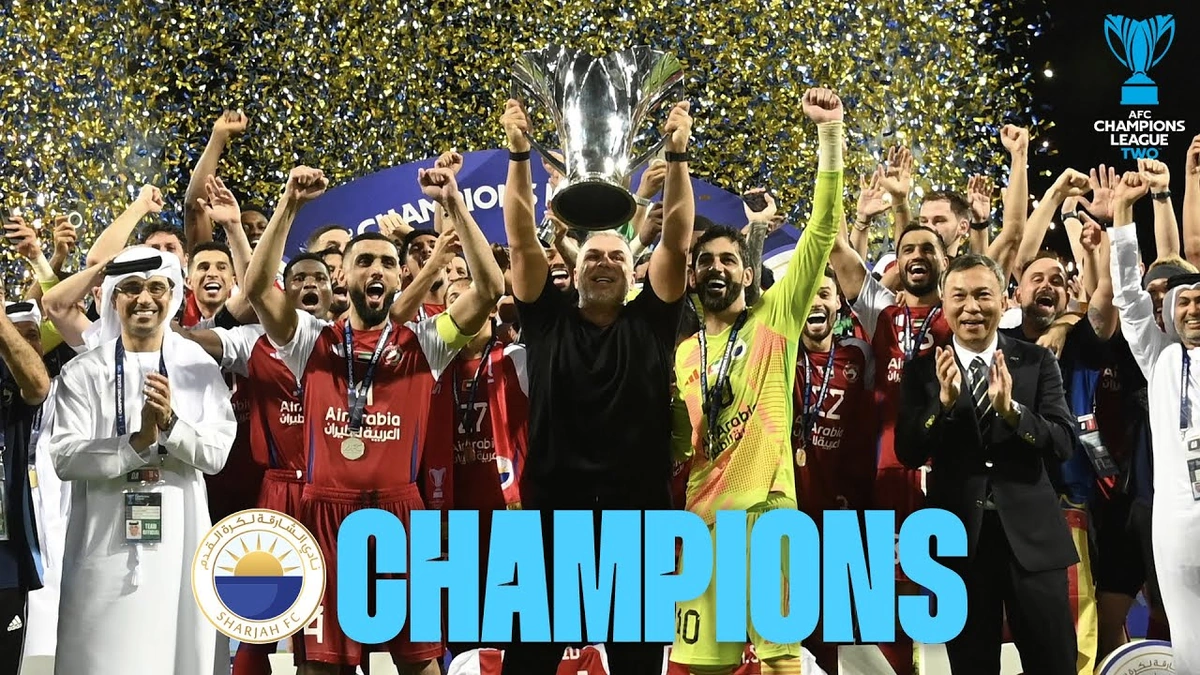
Think of Asian club football as a three-story building that’s just been properly renovated. For years, we had a ground floor (the AFC Cup) and a penthouse (the AFC Champions League), but the staircase between them was rickety, steep, and frankly, terrifying.
The new structure fixes that. Here’s the simple breakdown of the afc new club competition format :
- The Penthouse (AFC Champions League Elite – ACLE): This is the absolute peak. The 24 best clubs from across Asia. The giants from Japan, South Korea, Saudi Arabia, and Qatar. This is where Mumbai City FC, as ISL Shield winners, will get their chance to battle the continent’s best. It’s tough, prestigious, and lucrative.
- The First Floor (AFC Champions League 2 – ACL2): This is the brand-new, exciting middle tier. It’s a 32-team competition that replaces the old AFC Cup group stage. It’s designed for the strong, ambitious clubs from developing football nations. This is our new battleground.
- The Ground Floor (AFC Challenge League – ACGL): This is the foundational tier, a 20-team tournament for clubs from nations that are still growing their professional structures.
So, the AFC Champions League 2 is the new second tier of Asian football. It’s the Europa League to the ACLE’s Champions League. It’s not the top prize, but it’s a fiercely competitive tournament with its own identity, prize money, and a path to the top. And this is precisely where the magic lies for Indian clubs in AFC competitions .
The “Goldilocks Zone” | Why This New Tier is Perfect for Indian Clubs
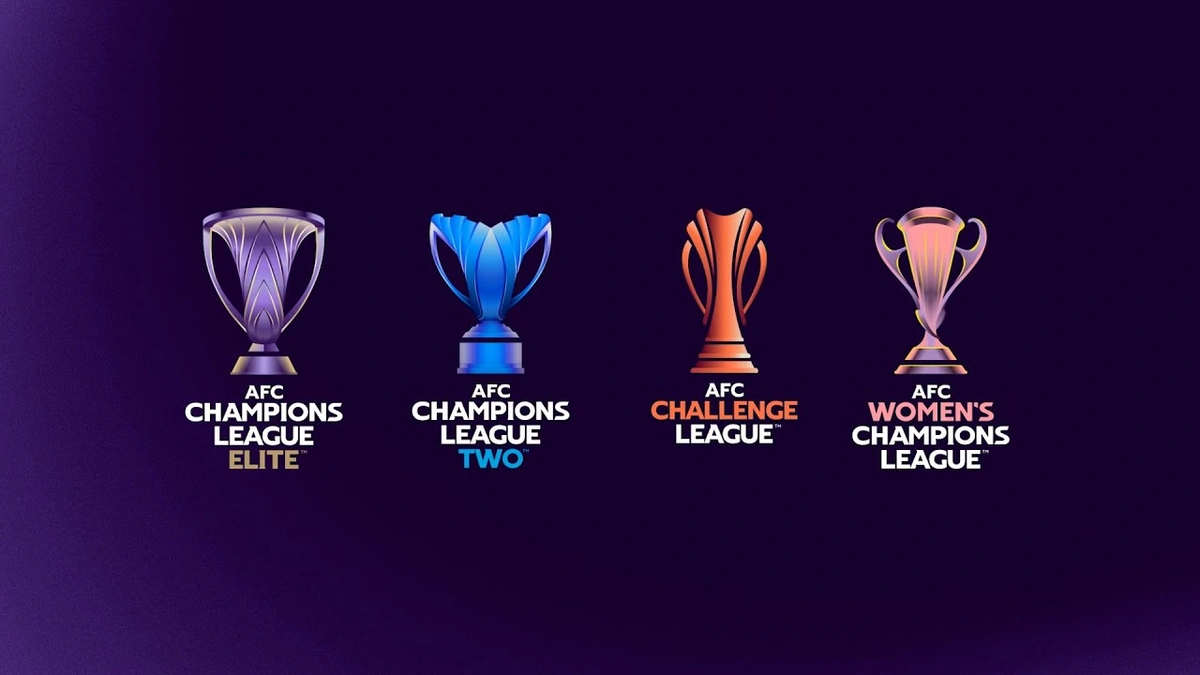
What fascinates me most about the ACL2 is that it creates a “Goldilocks Zone” for our teams. It’s not too hot, not too cold. It’s just right.
For years, the gap between the AFC Cup and the old AFC Champions League was a chasm. An Indian club could dominate its AFC Cup group but then get drawn against a team like Al-Hilal in the ACL and the dream would be over before it began. The financial and quality gap was simply too vast. It was like asking a promising state-level cricketer to suddenly face Jasprit Bumrah in the nets. It’s a recipe for demoralization.
The ACL2 changes this entire dynamic. Here’s why it’s the perfect competitive environment:
1. Winnable Encounters: Instead of being punching bags for the continent’s elite, our clubs in the ACL2 will face teams of a similar standing. We’re talking about clubs from nations like Thailand, Malaysia, Vietnam, and Jordan. These are tough, well-drilled teams, but they are beatable. The matches will be tactical, tight, and, most importantly, competitive. This builds confidence, not just for the players, but for the entire fanbase.
2. A Genuine Pathway: The winner of the ACL2 gets an automatic spot in the following season’s AFC Champions League Elite qualifiers. This is huge. It creates a clear, merit-based pathway to the top table. It says, “Prove you’re the best of the rest, and you’ll get your shot at the big time.” It transforms the tournament from a consolation prize into a legitimate stepping stone.
This new structure finally gives our clubs a chance to grow incrementally. You learn to win at the ACL2 level before being thrown to the wolves in the ACLE. It’s a sensible, sustainable model for development that was sorely lacking before. This is a crucial detail when considering the long road ahead for any team, even a giant like FC Barcelona Joan Gamper Trophy winners, who always look for the next challenge.
More Matches, More Money, More Eyeballs | The Ripple Effect
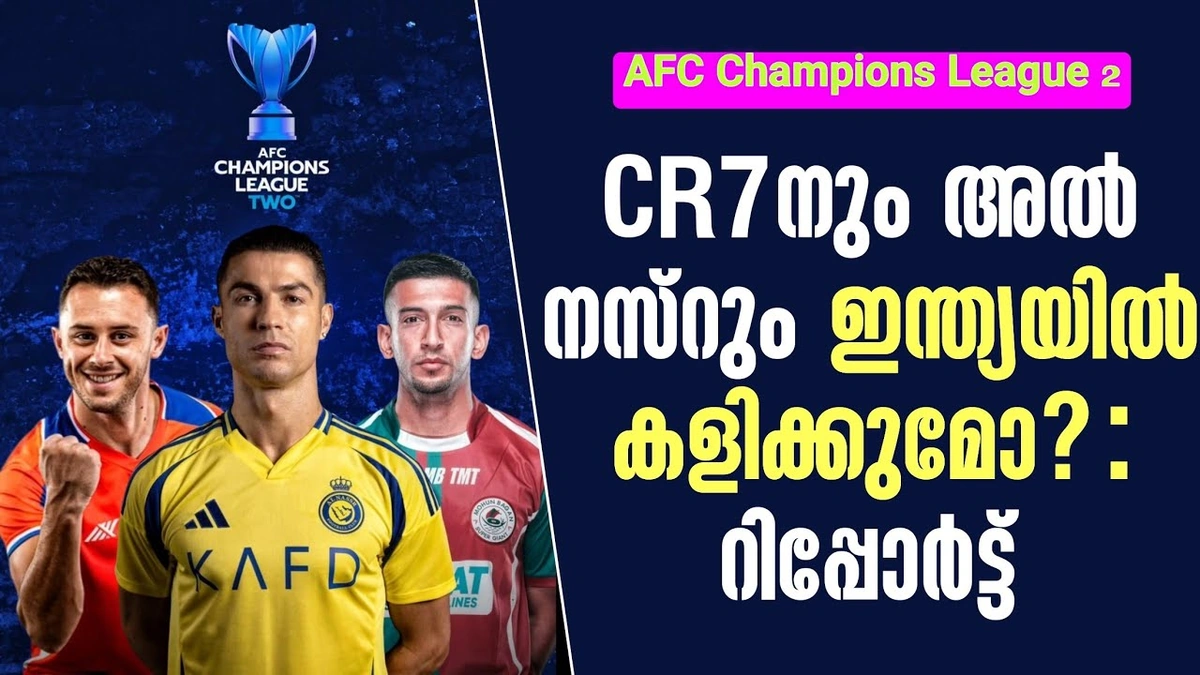
Beyond the tactics and the glory, the ACL2 brings tangible, practical benefits that could have a massive ripple effect on the entire Indian football ecosystem.
Let’s talk about the big one: money. The AFC has confirmed that the financial distribution for these new tournaments will be significantly increased. While exact figures are still being detailed, the prize money and participation fees for the ACL2 are set to dwarf what was on offer in the old AFC Cup. For Indian clubs, which often operate on tight budgets, this injection of cash can be transformative. It means better facilities, better youth development, and the ability to attract and retain better players.
Then there’s the experience. A deep run in the ACL2 means more high-pressure continental matches. Our players get exposed to different styles of play, different conditions, and the pressure of knockout football. This is invaluable experience that they can bring back to the national team. A battle-hardened squad is essential for any club, a lesson even a team with a massive fanbase understands after a period of struggle like the one highlighted in this piece on a Manchester United fan heartbreak India story.
And finally, there’s the prestige. Let’s be real, “AFC Champions League 2” just sounds better than “AFC Cup.” It has the branding, the feel of a premier competition. A good run will capture the imagination of fans and, crucially, sponsors. It puts Indian clubs on the map in a way the previous system didn’t quite manage.
Who Gets to Play? Unpacking the Qualification Puzzle
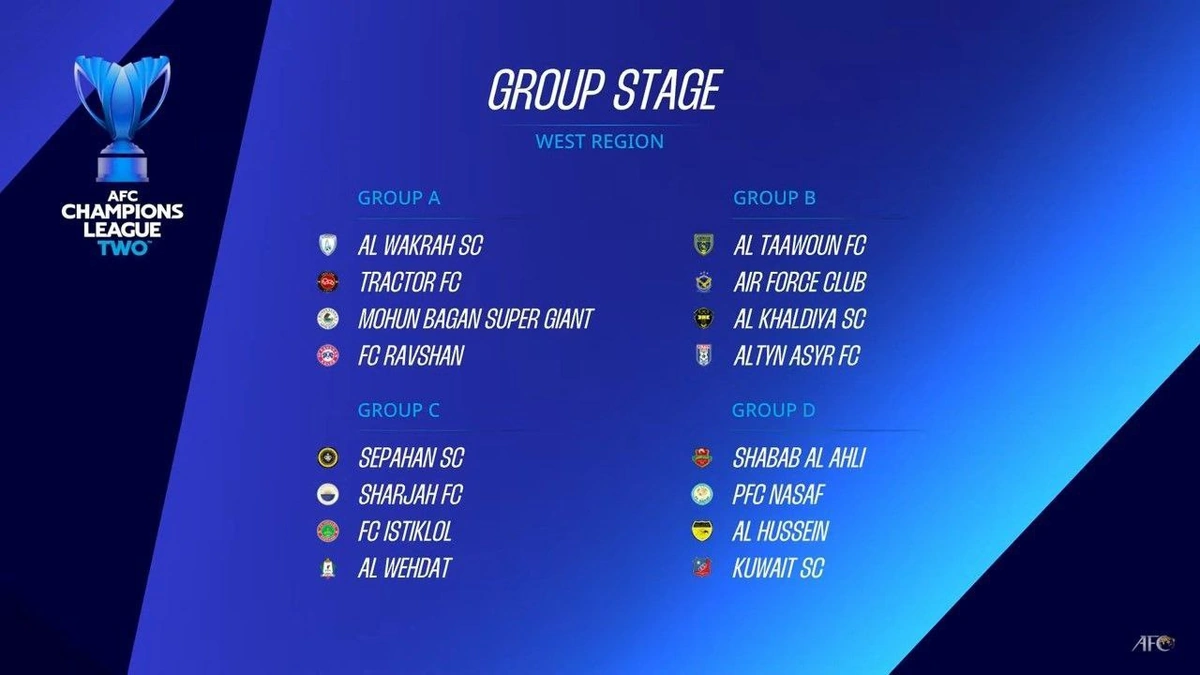
So, who gets these coveted spots? According to the officialAFC announcement, the slot allocation for India is designed to reward domestic success, which makes every league and cup game more meaningful.
Here’s how the isl afc slot picture looks for the 2024-25 season and beyond:
- ISL League Shield Winner: Gets the direct spot in the AFC Champions League Elite (ACLE) league stage. This is the jackpot.
- Super Cup Winner: Gets a spot in the ACL2 group stage. This makes the Super Cup incredibly important, elevating it from a pre-season style tournament to a gateway to Asia.
This structure means that consistent excellence (winning the league) is rewarded with a seat at the top table, while knockout success (winning the cup) provides a fantastic opportunity on the continent’s second stage. The drama of acl 2 qualification india will add a whole new layer of excitement to our domestic season.
Frequently Asked Questions
So what’s the main difference between AFC Champions League Elite and AFC Champions League 2?
Think of it as first division vs. second division in Asia. ACLE is for the absolute best 24 clubs with the highest prize money and prestige. ACL2 is the next tier of 32 strong clubs, offering a highly competitive environment and a pathway to qualify for the ACLE in the future.
Is the AFC Cup gone for good?
Yes, in its previous form. The ACL2 has effectively replaced the AFC Cup group stage, while the new AFC Challenge League will cater to clubs from emerging nations that previously participated in the AFC Cup’s preliminary rounds or group stages.
How many continental spots does India have now?
For the 2024-25 season, India has two confirmed spots: one direct spot in the AFC Champions League Elite league stage (for the ISL Shield winner) and one direct spot in the AFC Champions League 2 group stage (for the Super Cup winner).
What if the same team wins the ISL Shield and the Super Cup?
In such a scenario, the AFC slot would typically go to the next-best eligible team from the league, as per the rules defined by the AFC and AIFF. This ensures the spots are filled and domestic league performance is rewarded.
Is there a promotion/relegation system between the AFC tiers?
Not in the traditional league sense, but there is a performance-based pathway. The winner of the ACL2, for example, will gain a slot in the next season’s ACLE qualifiers. So, success in one tier directly earns you a chance to compete in the tier above.
This isn’t a magic wand that will see an Indian club win the ACLE next year. The challenges are still immense. But for the first time, the path is clear. It’s no longer a sheer cliff face but a series of manageable steps. The AFC Champions League 2 provides a platform for our clubs to build, to compete, to win, and to dream. And for an Indian football fan, that’s more than enough reason to feel genuinely excited.
